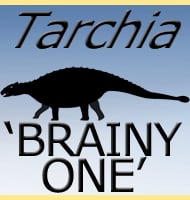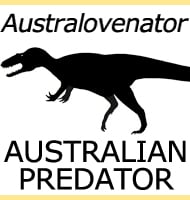Achillesaurus
In Depth Achillesaurus has been identified as a basal alvarezsaur that lived in Argentina during the late Cretaceous, but there is now some question to its validity. Achillesaurus was thought to have lived alongside the type genus of the alvarezsauridae, Alvarezsaurus. A 2012 study by Makovicky et al. however has raised the notion that Achillesaurus … Read more

